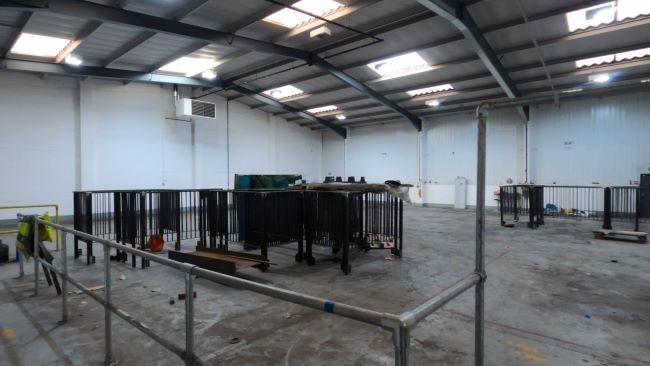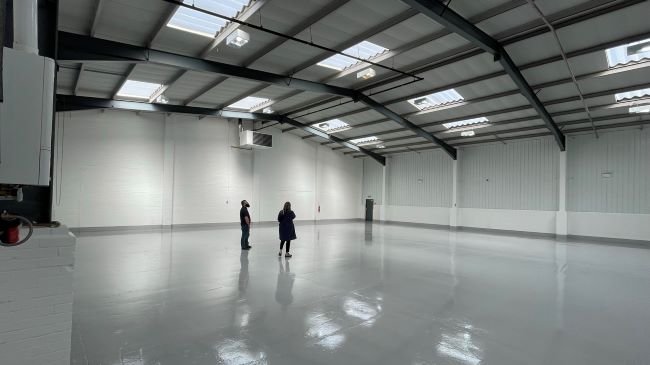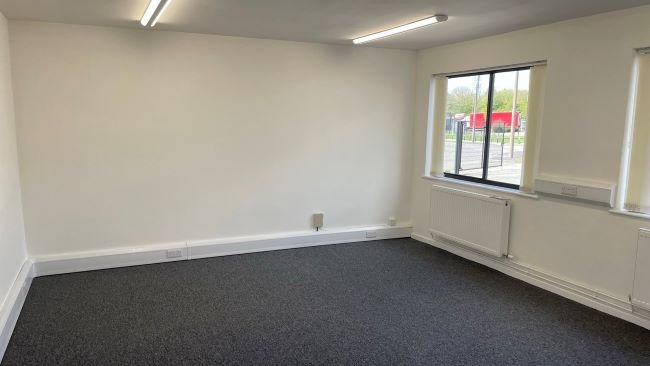Newspaper Headline Daily Telegraph 24th October 2022
Even the most optimistic economic forecasters are expecting 2023 to prove challenging. But how do you go about reducing overheads without undermining profitability or indeed your most valuable asset, your human talent?
The answer could lie within your property especially if it represents one of your organisation’s largest expenses. But how do you make savings in this area and how significant can they be?
The most effective way of answering this is to have an audit carried out by an experienced property consultant. Before you baulk at this idea on cost grounds, bear in mind that the fees charged are usually dwarfed by the savings made. In fact, consultants in this area often only charge a fee if savings are secured. That way, you may not have anything to lose by having an audit carried out.
By way of example, we were once appointed by a boutique law firm to conduct an audit of their 2,500 square foot offices in Manchester City Centre. Part of this work involved a review of the service charge accounts for their building. We soon discovered that their landlord (a large property fund) had over-charged its tenants for the replacement of a lift. We managed to recover the over-payment (our client’s share was £30,000) within 14 days, much to the amazement of the firm’s partners who were oblivious to the over-charging that had occurred 18 months earlier. If we had not requested the detailed service charge accounts from the landlord and analysed them, the overpayment would probably have remained undetected.
In other cases, analyses of dilapidations settlements, business rates assessments and even lettable floor areas have resulted in immediate and substantial savings for clients.
But of course, these are not easy things to spot unless you know what you are looking for. That is why is pays to employ a specialist.
Here are some examples of more obvious cost reduction strategies:
1. Lease Term Extension.
It may be possible to reduce your rent in the short term by agreeing to extend your lease. You will find that most landlords value a longer lease as it will help to increase the residual value of their investment. They are therefore likely to incentivise you to do so with the offer of a rent free period or a discounted rent for a set period. A similar logic might apply if you have an imminent break option, providing you are still within the required notice period. Negotiating a surrender of a break option or a re-gearing of a lease does however require care and should ideally be undertaken by a qualified surveyor with knowledge of the local market.
2. Right Size.
If you are struggling to get staff back into your office, one cost mitigation option might be to sub-let part of your premises. Even if your lease prohibits sub-letting ‘in part’, which it might well do, you may find that the landlord is open to granting a deed of variation to allow it. This might require a ‘quid pro quo’ such as an extension of the lease term or settlement of an outstanding rent review, for example. Either way, this option is often worth exploring.
3. Disposition (via. Surrender/Assignment/Sub-letting).
A more extreme option would be to exit your lease through an early surrender. This could prove expensive depending on the unexpired term and the Landlord’s interest in taking back the space.
In one recent case, we had to resort to buying the office building that our client leased. Before agreeing to purchase the building we had lined up a contemporaneous sale to a residential developer that wanted to convert the property into a luxury townhouse. The acquisition and simultaneous disposal yielded significant savings for our client as their lease had many more years left to run and very extensive repairing obligations.
Alternatively, you could explore the chances of assigning the lease to another tenant. Yet another option might be to temporarily sub-let the property to another business. The first step always involves checking the alienation provisions of the lease as these could limit your options.
Whilst disposition might seem unrealistic at first glance, it is always worth investigating.
These are just a few examples of the cost reduction strategies that might be available to you.
But a word of caution. Before you launch into any of these, it is worth bearing in mind the following.
Take independent advice
It is important that you seek professional advice before discussing any of these scenarios with your landlord or its letting agent. This advice is likely to pay for itself many times over. The reason we say this is that your landlord and its agent are likely to have significant conflicts of interest when discussing cost saving options with you. For example, they are unlikely to reveal the true level of rents and incentives being offered to tenants within your building as it would almost certainly undermine their negotiation position with you. It might also negatively impact the investment value of the property. Similarly, they are unlikely to reveal the availability of competing ‘tenant space’ within the building as this is likely to further weaken their position. These conflicts of interest are particularly acute when a landlord has competing vacant space to offload itself either within or close to your property.
Assess your exit costs sooner rather than later.
As hybrid working becomes the new norm, sub-letting and lease re-gear strategies are becoming increasingly popular. However, they bring with them a raft of other challenges in particular, the management of dilapidations and re-instatement liabilities. In our experience, planning an effective cost reduction strategy should always involve a thorough review of your potential exit costs. Otherwise, you only have half the picture.
In conclusion, the complexity of most leasing arrangements means you will probably have a range of cost reduction strategies available to you.
To explore your cost saving options please call Martyn Markland on 0161 457 1422 or email him at mm@tenantag.co.uk.








